|
Sexuality can be a superpower. With the world making it something to be shameful about, creators of Baloney, Michael Phillis and Rory Davis, thought it was about time to make it a celebration on stage. Baloney, the documentary, allows viewers to see inside San Francisco's first and only gay all-male revue. They explore what male sexuality means. It is an in-depth look at body and gender diversity and sexuality, in all forms, through sex-positive performances.
The film follows Phillis, giving up his 9 to 5 lifestyle to live out his creative dreams and develop Baloney with his partner and choreographer, Rory Davis. As he puts it, "I'm living my dreams, but I eat a lot of peanut butter and jelly sandwiches." The directors and cast allow a look into their personal lives, what the show means to them, and their experiences growing up in the gay community. It is an a-ha moment in the film when Phillis discovers until he embraces and incorporates that he is a sexual, gay male, the stories and experiences cannot come to life. Everyone sees the vision, showing their commitment to the big picture. It's moving. The ideas behind the dance numbers and the lessons learned are inspiring. The shows are thought-provoking, and while some of the content is like a car accident, you can't look away. But that's the point. America's shame of the human body and society's need to hide it damages younger generations and adults trying to find themselves. Baloney is an escape to explore and feel safe without judgment or ridicule. Everyone is equal, and every fantasy is fulfilled. Baloney makes you think. In this time of suppressing creative materials deemed offensive, this documentary could end up on this list. So, I encourage everyone to say fuck that and break the status quo. Show this film to those who have expressed not knowing who they are or have a fear of what they enjoy. Joe Andrews said it best, "Once you're in that dark place in getting to know all aspects of yourself, you discover that your sexuality can be powerful. We are not shying away. We're all about the smut in Baloney, that's what you came for. That’s what we’re going to give you. But we're also going to make you think." Baloney makes you do just that - it may also want to make you start an all-male gay revue in your town, but one step at a time. Baloney is streaming now across North America and is available on a number of digital and cable platforms, including iTunes, Amazon Video, Vudu, Spectrum, and inDemand. - Teresa Robinson
0 Comments
This article was supposed to run in the 2021 issue of PRIDE & Equality magazine. With the still unpredictable environment, we made the decision not to publish. So, I will share my thoughts from a year ago, as they still resonate now.
It’s 7:08 in the evening. I’m jotting down my thoughts for the Publisher’s section. I find myself contemplating if there is still a need for this publication. When the magazine was just a thought, I was 19 and freer than I have been. I reminisce about spending nights with my best friends at local nightclubs and dancing the night away without a care in the world. I met some of the most outrageous people through those clubs. Some I still know, care for, and love very deeply. I also remember questioning why my church leaders continued to tell me that the people I love would burn in hellfire for being who they were. I never understood people’s hate for individuals I admired for being so open and fearless. They were brave enough to be themselves, regardless of what society told them. I felt we needed more of that in this world. We needed more people who inspire us to say “fuck you” to those who try to make us small and quiet. That was my inspiration for starting PRIDE & Equality. I wanted to show the community in that beautiful light. I wanted to show the beauty of humanity in a group that created a family when they had none. There were many challenges in the beginning, even still today. Those who wanted to be apart thought more about the financial gain than the mission. Hard work isn’t for everyone. But it didn’t matter. I knew what was ahead, and it was too important to give up. Eighteen years later, after the closing of bars, gyms, bookstores, and centers, P&E is still here. But I still sit here and ask, “is it needed?” Then, Bunnie Cruse ran for House District 28. Bunnie has been a friend, a sister, and a resource before the birth of this publication. She knew me before I became a mother. I know her past, and I couldn’t be prouder of her as she decided to run for office. Because I knew there was a trans youth watching her do this and saying to themselves, “I can do that.” It was why she is a Model of Hope. I had to fight to explain that choice, too. In the end, she persisted. She is a pure definition of why I started the magazine. While contemplating my decision, I watched the latest episode of the mini-series “Pride” and learned about Nelson Sullivan. A gay man who videotaped his life and his friends in the early eighties until the day he died in 1989. Over 1100 hours of footage captured the humanity of the LGBTQIA community, which produced a YouTube channel where anyone can view the history. The series was beautiful and passionate. It was my mission. PRIDE & Equality has produced many stories and points of view over the years. It has contributed to making a difference in many people’s lives. It’s not about me - it’s about the mission. The magazine is giving the community a voice. I will continue the mission. Teresa Maria Robinson Publisher/Editor-in-Chief PRIDE & Equality Magazine When representation is lacking, you take matters into your own hands. In 1972, Crystal and Lottie LaBeija had tired of the racially oppressive environment the drag pageant system of the 60s had created. In response, the two built The House of LaBeija, birthing the house culture of the ballroom scene. This house continues the legacy of making space for POC youth in the community and uplifting the women that carry on the name. That mission is being expressed in the new short film, “The House of LaBeija” by Director Fregdy Noël. The film will premiere at the Tribeca Film Festival in June. Noël shared how the idea came together and the environment of the production process.
"I'm lucky to have a relationship with the father of the house, Marcus. He knew I wanted to do - some artistic work with the house. So when he said they were ready. I was like, wait, am I ready?", shared Noël. "I started thinking - there was this idea of being at home, and I just thought, what does that good home feel like? There's struggle there, but there is also beautiful joy. When I look at the House of LaBeija, I see that community. I see that support. I saw that love and wanted to bring it back to the house. As an artist, I'm like - this is a mansion - let's place it there. Let's talk about that. Not in the “talking head” kind of way. Let's tell a story that's poetic. Let's look into our past - think about what home was like when we were children and what it is like now. I wanted to connect with them on that. Just seeing all the different letters that they wrote was just so beautiful. I didn't want to make a film that was performative. I wanted it to be intimate. I wanted you to see them as human beings with stories, with range, all of it. The only way to get that is when - they write their own words, and it just went on from there. It was a day of connection, fun, and collaboration because everybody worked together to make this what it is." The collaboration consisted of house members Jasmine Rice, Jeffrey, Bougie, Diovanna, and Housemother Samil. They got an opportunity to look at how they each got here while sharing inspirational words about their journey. The story of ballroom and houses is a new concept for some youth, only coming to life with shows like Pose and Legendary, so there truly is an education behind the film. Bougie was not surprised the film was nominated, but it was a shock to be a part of such a prestigious event, "I have never pictured myself in something as big as this," shared Bougie. “The people who know why I came to New York know that I was here to do some modeling and didn't see anything else behind that. But since I joined this house, I've had more depth to myself. Being in this short film and being featured at the Tribeca Film Festival is something I could not imagine." For Jeffrey, the experience is storytelling - letting people of color share their stories and own their content. "When it comes to the safe places that we provide, and when it comes to chosen families, it comes back down to the content," shared Jeffrey. "I just think it's very important for people of color to own their intellectual property. House of LaBeija is the first house to have seven chapters trademarked, and I'm proud of that. It will be left to this house to do the right thing - to tell their stories as people of color and to have a seat at the table when it comes to creating content, instead of someone coming in and telling our stories. I feel like that is my legacy. Then I feel the universe brought Fredgy to us and gave us this wonderful opportunity. For you to take a look in the looking glass of how we are empowering people who look like us - to tell your older self you're going to be okay. We are living proof that we are going to be okay." He is also excited to see how the ladies will light up the red carpet in their outfits. “That's what ballroom is about. It's about a fantasy - one night of looking over the top, but we're going to be 'in the reality'. I'm just so humbled that I'm getting an opportunity to be who I say I am. I'm just over the roof with all of it.” Samil saw this moment as an opportunity to open up about topics she kept close to the chest. "It was a lot because I did not think I would be voicing my opinions and how I felt and speaking about growing up - going through a divorce with my parents, and turning to alcohol as a source of relief for over six years. I don't talk about that as much as I should because it should be something that would help my house members. Alcohol is an addiction. The same goes for drugs, so expressing how I felt with that - becoming independent at 17 and just making it on my own ever since. Then, going into the medical field, having to deal with HIV-positive patients, being the one who would do the testing, letting them know whether they were positive or negative. I never talk about these things, but it is the perfect time for me to express what I've been through and all my service within the community. I'm proud of it. Now it's time for me to speak on it and have gratitude for everything I've been through. I'm very thankful.” Diovanna, the youngest of the bunch, looked to the 'voice' of the film. Touching on the fact that many do not know the people projected on-screen - how they sound and feel. This film allows audiences to experience it. "One of the most powerful things, even watching it back, was hearing our voices read the letters. I remember the day of - it is a very intimate and vulnerable moment when you have to like to record your writing and hear it back and hear your voice and what that sounds. Not coming out of your mouth, but like coming back at you,” says Diovanna. “I think for ballroom so often we see videos of ballroom people where they're not talking. Legends and icons who passed through ballroom, and you don't know what their voice sounds like. This film is so important because it's not about how many categories you walk, how many trophies you have, and ‘oh the glitz, the glamor, the fantasy'. It's the reality of every person in the film. You not only see them doing what we do but hear our voices narrating the entire thing. I think that, in and of itself, sets it apart from anything done for ballroom, period. We have a lot of documentaries in ballroom, but a lot of the people in you don't know them. You don't know their life, their story, where they come from. Again, I think it's just a poignant piece of film, in cinema, that has arrived at the perfect time." “It is so much bigger than this moment. It is so much bigger than who I am and what kind of title I have. Even the last name that I have,” Jasmine Rice added. “Being a part of this story happened because of the icons, the Legends, the Hall of Famers, and the leaders and the POC, transwomen who came before us. I wouldn't be sitting here today giving you this interview, allowing my voice to be heard in this film, without those amazing women, people, and individuals. I'm thinking to myself, after I am gone, who is going to be to share my voice and take it as inspiration and a new source of light? Because LaBeija is a source of light. That is why we call it The Last Sunshine. The possibilities that come through this project and all of our voices heard. I think it brings so much hope and positivity, and I feel we need that right now in this current climate. Fredgy summed up the experience beautifully. "So emotional. I get emotional every time I talk about it because you see the love there. That is such an important thing for me to witness and be a part of," Noël continued. "We started in the morning. That was when [we read the letters]. It was a great way for me to connect with each member individually. It showed that vulnerability because it is equal. As a director, I think it is important to show my vulnerability, even just in being there, so that we can have this shared experience. Then when it came time to do the movement pieces in each room, I had set up each room for each member and was hoping everyone would like it. I also had them create their personal soundtrack to move and be in their bodies. It was a party. Honestly, we were dancing. I was dancing. I have a story for each room. I can talk about everyone, but yeah. It was just a lot of fun. It was just a range of feelings." Crystal and Pepper's determination to build a house became a home. When it comes to one word that describes The House of LaBeija, there are many - empowerment, complex, radiant, resilient, timeless, sunshine, royal. After having the opportunity to interview this legendary house, I'll go with the word family. The House of LaBeija premieres at Tribeca in June. Learn more at https://tribecafilm.com/films/house-of-labeija-2022. Tell us why you chose to take a political stance by running for New Mexico House District 22?
Our fellow New Mexicans experience inadequacies related to education, economic opportunity, and access to essential resources. New Mexico’s rural and impoverished communities are facing life decisions and circumstances that quality representation can work toward advocating for and solving. I was born and raised in the exact borders of New Mexico House District 22 and have had the opportunity to learn from our shared experiences. I have also experienced the inequities and disparities facing our rural communities. I attended both Estancia Municipal Schools and East Mountain High School and witnessed the barriers facing our students’ education. I graduated from the University of New Mexico with a Bachelor’s Degree in Liberal Arts (focused on Political Science and Chicano/a studies). I take this political stance knowing that our fellow New Mexicans deserve a Representative who elevates the voices of the underserved and underrepresented. What has been the most difficult part with taking on this goal? As a candidate for any political office, some barriers come with being young. I want to, first and foremost, clarify that in being 22 years old and running for the New Mexico House of Representatives, I contain the knowledge and skills necessary to represent our communities effectively. Nevertheless, the barrier I face is showing my community that my professional, voluntary, and educational skills meet the threshold to bring quality and equitable representation to our communities. I have worked for the New Mexico House of Representatives (2021 Session & 2022 Session), Claunch-Pinto Soil & Water Conservation District, Rio Grande Chapter CASA, and UNM’s Land Grant studies program. I have the skills necessary to equitably and effectively represent our friends and neighbors. What was Augustine like as a child? I kept a strict schedule and focused on my education and sports. I spent my early childhood in Estancia, New Mexico, where I attended a four-year-old program (alternative for Pre-K) taught by members of our community. Outside of school, my parents involved me in our family-owned business, where I learned what quality customer service looks like and how to create a sustainable business model. As a preteen, I gain as much knowledge as possible in three main areas: ornithology, biology, and environmental science. My parents and extended family aided in my efforts to find resources to expand my knowledge in these areas. I remember a fond memory of my uncle bringing me a set of textbooks, one in biology, another in zoology, and the last in English. I present this memory as these books brought me to the understanding that anyone can make a change and understand our communities and world in another light. My uncle’s impact on this one action and my parents’ input led me to believe that it was possible for me, the product of generational wood haulers and the working class, to receive a college education. Have you thought about what your choice to run means for LGBTQ youth? Yes, I have. As a member of this community, I have taken this question into deep consideration. This race tells our LGBTQIA+ youth we can accomplish anything we want to achieve. We face an opponent who aims to discount and hinder the representation of our community. We must win. It means that we have a cause to stand behind. As a young, rural, LGBTQIA+ candidate, I share many of the same social lenses as our communities and youth. If I could sum this campaign up into one word, it would be uplifting. We need to uplift voices that often opted out of our representation. To all of our LGBTQIA+ youth, I hear you and stand with you. Know that you will have a representative who cares to acknowledge the struggles we face by merely being ourselves. Know that I am here to change the systems that works to prevent us from having our voices and concerns heard. What message do you have for those that feel politics in New Mexico is a lost cause? Being from a rural region of our beautiful state, I know what it feels like to cast a vote for a quality candidate only to have your voice and votes squandered in a process. It makes you feel unheard and underrepresented. I come from a community that is in dire need of representation that acknowledges the disparities that we face as a community. Though I may not change your mind today, I aim to show that representation matters. I cannot do this alone. We need your help and the help of our fellow New Mexicans. I am not running for office to push or promote anything more than issues we face together. Politics in New Mexico may appear to be a lost cause, but we can fix it by taking an approach that unifies our divided communities. I stand firm in my morals. Nonetheless, I will not turn you away solely relating to your political affiliation because I am here to do a job - for the people. We must ask our elected officials to do the same. I want to do my utmost to represent our interests. So, please have the confidence in me to bring unity to our community, the community we know as New Mexico. We’re excited to add a new set of honorees to the current Models of Hope roster. The Vincent R. Johnson Models of Hope Award honors individuals and organizations making a difference and being seen as role models in the community. This award has been granted to some amazing individuals and companies over the past 15 years. We are honored to have the following honorees join the family. PRISCILLA BOUVIER How did you become involved with the LGBTQ community? I got involved when I came out as a gay man in 2002. It took me a few years to actually become involved with the community. I would go to bars and try to meet people, but I was shy, and it was hard to meet people until I found the New Mexico Gay Rodeo Association and found people that had the same interests as me. From there, I came out of my shell and started meeting people. What was life like when you were a youth? When I was young, I knew that I was different. I had crushes on other boys when my friends had crushes on girls. I tried to be like the rest, but it wasn’t happening. I finally realized I was gay when I was in high school. However, I gave it one last attempt, and I met a girl. I actually did fall in love, and we got married and had two beautiful daughters. But, after seven years of marriage, I couldn’t lie to myself or to my family, and came out. I was 30 years old, so I wasn’t a youth anymore. I had a great life - a very supportive family. I was active in sports. So, when I came out, I didn’t experience any negative effects from my family or friends. What piece of advice would you give today’s LGBTQ youth? We live in a time where being LGBTQI+ youth is so much different. There is so much more acceptance and acknowledgement versus when I was younger. Parents are willing to talk to their kids, and it is amazing. Our youth needs to be themselves, be true to themselves and who they are. Speak out, make yourself heard and never be afraid of what others think. ANTONIO JOSE How did you become involved with the LGBTQ community? I started getting involved by volunteering for nonprofits that focused on lifting the LGBTQ community. Later on, I ran for and won the title of Mr. Pride. So, most of my volunteering and fundraising efforts focused on the LGBTQ community. What was life like when you were a youth? I was in the closet until I was 20; I felt too scared to admit that I was gay. I feel like I wasted so many years of my youth being afraid. What piece of advice would you give today LGBTQ youth? My advice for the youth would be to find mentors to help them navigate resources and protections for themselves, to help them plan and craft their desired future. ALBUQUERQUE SOCIAL CLUB
How did the Albuquerque Social Club become a staple in Albuquerque? The Albuquerque Social Club has a long history with the LGBTQI+ community in Albuquerque. We officially became a social club in 1983, but there was a bar in its place a few years before. To this day, it is the oldest queer bar in the Southwest. We are a social club, where our members are owners of the club. We became a staple in Albuquerque because as the time and needs of the community changed, our membership organized for the change. We grew up with our community as it grew up around us and constantly responded to new needs. Our power is in our people, and we are grateful for everyone's participation in shaping it into what it is today. We are always learning and growing, figuring out ways to adapt and better serve our community. What does it mean to be a part of the LGBTQI+ community? To the Albuquerque Social Club, being part of the LGBTQI+ community means being accountable to our members, being a safer space for them, and bringing the community together for entertainment, capacity building, and networking. It means being aware of the fights our community has to rally around and providing a space for that organization. It means providing amenities to our members as diverse as our membership. We offer a variety of drag performances, themed dance parties, TV and documentary viewings, pottery classes, and more. Our power comes from our community. What piece of advice would you give today LGBTQ youth? Stay true to yourself. You are loved, and you are valued. There is no limit to what you can achieve. Our community for decades has fought hard to make space for LGBTQI+ youth, and our community needs your help in fighting for the future. Not everyone may see your worth, but we at Albuquerque Social Club see it and celebrate it. You make our community richer by your inclusion, by being who you are. To learn more about Models of Hope or to cast a nomination, visit http://www.myprideonline.com/models-of-hope.html The Broadway Husbands, Bret Shuford and Stephen Hanna, provide a safe and welcoming space for creative entrepreneurs, new parents and members of the LGBTQ+ community to exchange ideas, celebrate art and strengthen their talents. In P&E, they talk about their platform, fatherhood, and representation.
Let’s start with your life on Broadway. Many dream of the experience. What was it like? For Bret, it was a lifelong dream realized. “I knew I wanted to be on Broadway at six years old,” Bret said. “I remember taking a bow at the curtain call of Beauty and the Beast and thinking, ‘I’m the person I always imagined I could be.’” Stephen had been a principal dancer at New York City Ballet, so Broadway was an unexpected stop. “When Bret and I started dating, I loved meeting his friends on Broadway,” Stephen said. “I never thought I would eventually be dancing there so soon after Billy Elliott. The Broadway experience was so different from the ballet world, plus we both got to walk each other to our stage doors and meet up between shows. It was our little gay dream come true.” Was being a father always in the picture for both of you? We had been dating for about two years when we started talking about having a child. “I just looked at Stephen one day and said, I think raising a kid with you would be fun,” Bret said. “We had no idea how we would go about it with our crazy performance schedules and freelance income. We explored adoption and learned about surrogacy. After a while, we decided on a biological attempt.” “We thought, ‘let’s try and see how far we get,’” added Stephen. “It took us four years to get to this place, so I guess all those years of persistence as an actor paid off to become a dad.” It will be three months in June since the birth of your child. How has it been? It has been exhausting, fun, loving, frustrating, and adventurous. A lot of old relationship stuff comes up again to work through, and new family things come up as well. Navigating our immediate family and how to set boundaries, sleep training, and work schedules is a whole other thing. Maverick, however, is so sweet and cute. We pinch ourselves every day that we are lucky enough to get to be his parents. Having worked so long to get to this point, we are just grateful to have a healthy baby. Next up, we’ll be navigating the real world as gay dads living in Texas while making a living as artists. Tell us about Broadway Husbands and the goal of the platform? We started the account to help show LGBTQ+ people that you can love who you love and love what you do. Our success in our performance careers is possible for anyone no matter where you are from. There was no example of a same-sex couple raising a family in the arts and we want to show people that it can happen — you don’t have to sacrifice your sanity or your happiness. The goal would be to make supporting the arts just as trendy as Kim Kardashian’s makeup line. We were tired of seeing perfectly curated content from influencers and so much consumerism around products. We want to show people how awesome theater, music, and art can be for your feed as well. What does the future hold for both of you? Because the only way to end oppression and fight for the rights of marginalized communities is to help lift them up. I don’t need to speak for anyone. I just have to amplify their voices. I am born in oppressed communities, but I also have many privileges. It’s important to help support ALL the marginalized people out in the world, not just the ones you relate to. Everyone knows what Mother’s Day is, but what about chosen families? Work family, roommates, friends, communities -- people who play significant roles in each other’s lives, outside of biological family or monogamous partners. With today’s landscape, schools are banning queer education, trans families face discriminatory legislation, 40% of our houseless population is LGBTQ+. Having safe spaces through chosen families is more important than ever - especially during traditional “family” moments such as Mother’s / Father’s Day or the holidays. To celebrate chosen families, Taco Bell partnered with the fabulous House of LaBeija, the most prominent and revered house in New York’s drag and ballroom scene, founded by Crystal LaBeija and Lottie LaBeija in 1972. The House of LaBeija will be featured in the upcoming Tribeca Film Festival that pays homage to the House through a series of letters from its members. As a brand that shows up organically in the Queer space, Taco Bell is creating a safe space for the LGBTQ+ community and ensure our Queer youth can Live Más. Taco Bell created a YouTube series titled Drive-Thru Dialogue where underrepresented voices can have real conversations about topics that matter to them, all from a Taco Bell Drive-Thru. Viewers will meet House Mother Samil and House member Aja LaBeija where they’ll discuss the topic of chosen families, their background and break-through.
“We spoke about the mothers of the house, the legacy, and how the women have paved the way,” shared Samil LaBeija. “I am not the first cis-gender female as the mother there was a previous cis gender that open up that door for me, so now I'm allowing other females to come as they are.” Drive-Thru Dialogue is streaming on YouTube at youtube.com/c/TacoBell/. The National AIDS Memorial will mark the 35th anniversary of the AIDS Memorial Quilt with an historic outdoor display. More than 3,000 panels of the Quilt will be displayed on June 11 & 12 in Golden Gate Park’s Robin Williams Meadow. The free public event is the largest Quilt display in over a decade and the largest-ever in San Francisco history. After 35 years, the Quilt remains a powerful symbol of hope and resilience. It’s an important teaching tool to heal the nation from recent tragedies. The new Quilt panels will be revealed, a reminder that the fight for a cure is not over as HIV cases are on the rise among communities of color. Also The National AIDS Memorial will announce new Quilt programs to raise greater awareness about health and social justice issues and take action against stigma.
The first panels of the Quilt were created in June of 1987 when a group of strangers, led by gay rights activist Cleve Jones, gathered in a San Francisco storefront to document the lives they feared history would forget. This meeting of devoted friends, lovers and activists would serve as the foundation for The NAMES Project AIDS Memorial Quilt. Each panel created was the size of a human grave and they saw the Quilt as an activist tool to push the government into taking action to end the epidemic. Today, the Quilt is the largest community arts project in the world, consisting of 50,000 panels, weighs 54 tons and includes the names of 110,000 loved ones who have died of AIDS. In 2020, the Quilt became part of the National AIDS Memorial. Touchpoints during the two-day event include thousands of visitors coming together to view the thousands of names and stories stitched into the panels as they are laid out in the meadow. There will be panel-making workshops, social media storytelling, and a community village with 25 community-based organizations providing public information. To learn more visit www.aidsmemorial.org/quilt35 The recent release of that 300-page report of widespread sexual abuse and its cover-up by leaders and ministers in the Southern Baptist Convention (America’s largest Protestant denomination) is only a surprise to people who’ve been in denial about the millennia-long history of the relationship of religions to sexual obsession. Allegations of sexual abuse and this denomination’s handling of them in particular have been news for decades.
Of course, the anti-Catholic stand of these Baptists and most Evangelicals has kept them condemning the same thing in Roman Catholicism for a century. And widespread sexual abuse is a factor in Evangelicalism beyond this denomination. But this is not about hypocrisy, which is actually not considered such a bad thing in right-wing religion. It’s about something inherent in its doctrinal structure. As I wrote in the chapter “Not So Strange Bedfellows: Sexual Addiction* and Religious Addiction:” “The existence of widespread sexual abuse by the clergy beyond the Catholic Church remains another societal secret. Though, as best we can tell, it occurs in similar proportions, it’s widely swept under the rug by denominations and local churches.” The real history of religions throughout the world shows how its leaders and institutions have been concerned with controlling human sexuality through almost any means, especially when controlling that sexuality supports the culture’s political and economic powers. At the same time, history is replete with sexual harassment and abuse. Obsession with sexual control is due to religions having been useful to political rulers to promote their power – kings, emperors, and politicians who funded the religious institutions and were often treated as exempt from the religious sexual prohibitions that were enforced on the commoners. Religious leaders and institutions relied on economic and political patronage and protection from governments just as the religious right-wing wants it to be today. Sexual control of populations is vastly common to, but doesn’t have to be something inherent in, religion itself. There’s as much sexual abuse in non-religious corporations as in any denomination. Healthy religion could be used to promote so much else, but that would mean giving up much institutional power. Instead, religious leaders would have to become comfortable with promoting freedom and personal choice. But sexual obsession and control represent a familiar way religion has been used by its leaders, institutions, and allies to control the populace - adding eternal damnation, other condemnations, and threats to sanctify worldly power plays. Sex has been good for stoking religion because it’s universal and, in Capitalism, it sells. Thus, at the same time it can be both promoted for profit and useful to raise guilt when it’s ever practiced. For millennia, then, religious leaders have been preaching that their divines want all kinds of controls on human sexuality. You’ve noticed that that kind of preaching has mostly failed, right? If you listen to controlling religious leaders who continue to repeat these failed tactics talk, they’re shouting today as much as ever, if not more, that sexual license – being out of (their) control - is worse today than ever. Of course, this is combined with right-wing religious leaders’ claims that it’s those other religions or denominations that have the problem - proof that they have the Truth and those others don’t. The Southern Baptist Convention, like the Roman Catholic Church, has shown that it can act like a major international bureaucracy that has institutionalized sexual addictions and covered them up with religion addiction. And all through this, these institutions continue to act as if LGBTQ people or homosexuality is the societal problem. No, no look over there! That trope was debunked decades ago. The majority of members of the Survivors Network of Those Abused by Priests, for example, are women. And reports of sexual abuse to SNAP have regularly come from Evangelicals. The reality of right-wing religion’s sexual sickness is that repression leads to obsession. And sexual addiction* and dysfunction and their cover-up with sexual and religious righteousness are widespread cultural phenomena that our sexually sick culture doesn’t want to face. “As long as we can pin addiction on dysfunctional families and make them the primary cause of sexual addiction,” Anne Wilson Schaef asks in Escape from Intimacy, “can we then hold onto the illusion of ‘normal,’ refuse to look at the role of our institutions (especially church and school), and avoid completely the role of addictive society?” As I discuss in When Religion Is an Addiction, the relationship between sexual addiction and religious addiction has a long history as cross-addictions in the Church, back at least as far as influential Church Father St. Augustine whose own Confessions show that he’s a classic example of a sexual addict covering it up by becoming a religion addict. Augustine’s theological cover-up concluded that original sin was actually passed down through the sex act he could never reconcile in his personal life. Hence the Church would become a place for sexual anorexia and bulimia. Even more today, though, it’s multiplied by that economic sexualization of our culture through conservative corporate, “free market” consumerism. Sex, the ad industry still believes, sells. It’s portrayed as something everyone can “have” better if they buy, buy, and buy more. Sex is sold as proof you’re a real man or woman. It proves you’re finally close to another human being. Everyone else has the stuff that ensures that they’re having the great sex you aren’t, you should fear. And if you aren’t compulsive about sex, you’re told there’s something wrong with you. Even some “science” colludes with the idea. This is an ideal environment for religious institutions to recruit followers by convincing them that they’re guilty for having, or even thinking about, sex or the wrong kind of sex. This tried and true method for getting people to relieve their guilt would lose much of its power if society weren’t selling things this way. No wonder right-wing religion is in cahoots with big business and its consumerism. Correcting the societally encouraged sexually dysfunctional thinking and resulting guilt would require institutional and personal healing and learning how sexuality can be holistic and healthy. It would require recognizing the variety of sexual orientations and expressions. But the popular method is to try to relieve the guilt and shame with a cover-up – the religious addiction to the feeling of being righteous. Enter anti-sex politics and right-wing Christianity with its fear of anything it can’t control. Hide in the high of feeling righteous and identifying with each righteous cause, cling to the righteous feelings of right-wing Christianity’s exclusivism, and you have crossed into religion addiction. It’s easier than coming to terms with what one hates or fears about themself and rejecting the institutions that promote fear and hate. It’s easier than learning to find one’s healthy sexual self. Instead, this righteousness-high works, until the addicts fall off the wagon. -------------------------------- *I know that there are also some therapists who want to deny the reality of sexual addiction and feel that it is misused as an excuse – sort of like, “the alcohol made me do it.” To me that is a matter of disagreement among specialists over therapeutic definitions of “addiction.” Robert N. Minor, Ph.D., Professor Emeritus of Religious Studies at the University of Kansas, is author of When Religion Is an Addiction; Scared Straight: Why It’s So Hard to Accept Gay People and Why It’s So Hard to Be Human and Gay & Healthy in a Sick Society. Contact him at www.FairnessProject.org. The only way to describe Iceland is...magical. It truly is. Iceland is like no other place I’ve visited in the world. Its topography, climate, people, culture, history, and nightlife blended together make Iceland a surreal adventure that everyone should experience at least once in their lifetime. In my case, this is my second visit to the country, and probably not my last. The first time I set foot on the island, I was on a mission to see the elusive northern lights. While they evaded me during that visit, this time was different. I didn’t see Aurora dancing through the sky, but I did see a hint of the lights, enough to make me stop and stare in awe of their beauty. One of Iceland’s many strengths is its people. I met an incredible group of people who helped make this visit extremely memorable, including openly gay Icelandic pop star Friðrik Ómar, who invited me to his Christmas concert. Although most of the concert was sung in Icelandic, many of the songs were recognizable, including a fabulous version of Mariah Carey’s “All I Want for Christmas”. Friðrik was a former contestant on Eurovision, and it was easy to see why. His vocals and stage presence were extraordinary, reminiscent of George Michael. Book your stay at the Reykjavik Konsulat hotel located in the heart of the downtown Reykjavik, just a short walk from all of the city’s main attractions including Harpa concert hall, Sun Voyager and the iconic Hallgrimskirkja cathedral, the largest church in the country which and towers over the center of Reykjavik. Its 240-foot-high tower provides a wonderful 360° view of the city. Visitors can either walk up the stairs to the top or pay a small fee to use the elevator. Our spacious room at Reykjavik Konsulat included a walk-in shower, king bed with ultra-luxurious linens as well as a seating area. Every day the hotel offers a complimentary happy hour, as well as a delicious breakfast buffet, featuring a variety of local specialties including smoked salmon. The hotel also offers a nice fitness center as well as bath house complete with sauna and hot tub. Don’t get too excited, bath house means something completely different in Iceland than it does in the United States. Going to Iceland in the winter is an adventure. It definitely isn’t a relaxing trip; more like a journey to the most extraordinary ends of the earth you will ever discover. With that in mind, book a full day private excursion to the South Coast with Friend In Iceland. Our wonderful guide Gunnar picked us up from our hotel in a Mercedes minibus and we were off to explore a part of the country I hadn’t been to on my prior visit. The nearly 9-hour tour took us to Seljalandsfoss and Skógafoss waterfalls where we had the opportunity to stand at the base and feel the power of these natural wonders. Next, we journeyed up to the top of a cliff which provided views of the ocean as well as a rock formation jutting out into the sea which connects to Reynisfjara black sand beach. Words can’t describe how beautiful this moment was. I’m almost in tears again just thinking about it. The waves crashing on the beach coupled with a clear sky and mesmerizing sunrise made for an absolutely majestic view. Gunnar then brought us to a cute restaurant where we had lunch which consisted of pizza and a sandwich, not typical Icelandic cuisine, but it was delicious nonetheless. Reykjavik is home to one gay bar, called Kiki. Although it was closed during this visit due to COVID-19 restrictions, we did happen to meet the owner who invited us back to the country this summer for their pride celebration. 2022 marks the 23rd annual Reykjavik Pride, which is held in early August. The festival attracts over 100,000 people to the city for a week-long celebration including a festival, parade, and numerous parties. Wake up early the next morning and get ready for your next Icelandic adventure in the Golden Circle. Although this region is easily drivable from Reykjavik in the summer, I wouldn’t recommend venturing on your own during the winter months as many of the roads are icy and the weather can be quite spontaneous. One moment it will be sunny and then 30-minutes later you can find yourself in a winter storm with 40-mile per hour wind gusts. Begin your Golden Circle tour with a trip to Thingvellir National Park, a UNESCO heritage site and home to Gullfoss, also known as the 'Golden Waterfall', one of the most beautiful and powerful waterfalls in Iceland. I recommend descending the stairs to the lower viewing area to really comprehend the size and scope of this natural treasure. Not too far away is Geysir, Iceland’s version of Old Faithful. The geyser erupts about every 7 minutes, so keep your camera ready.
Finally, end your tour with a snowmobile ride on the Langjökull glacier. This is also something I didn’t experience on my first visit, and I can honestly say it was one of the coolest (literally) experiences of my life. We had to jump off our luxurious tour bus and board a souped-up monster truck looking bus which transports you to the glacier where a team is ready to outfit you with protective gear and teach you how to use the snowmobiles. The hour tour of the glacier will make you feel like you were on another planet. There are points where the sky and the glacier meet, and you can’t tell them apart. I was fooled by a few optical illusions a few times. Iceland can be inexpensive to get to, but then very expensive while you are there, so please plan accordingly. Food and alcohol can add up really quickly, so pace yourself when visiting the bars. One of my favorite restaurants we visited in Reykjavik was Noodle Station. Guests can order soup three ways: with chicken, beef, or just vegetables. It is the perfect way to end a long day spent playing in the ice and snow and quite affordable. Do your research before visiting to find some of the city’s hidden gems and cheap eats. Icelandair offers direct flights to Reykjavik for relatively low prices from Boston, New York, Chicago, Raleigh-Durham, and a few other U.S. cities, so check their website regularly to catch a great deal. Enjoy the Journey. Joey Amato is the publisher of Pride Journeys, a syndicated LGBTQ travel column. Joey has worked in LGBTQ media for over a decade and is currently residing in Indianapolis. For more information about Pride Journeys, visit www.PrideJourneys.com. |
P&E - After PrintHere are some of the latest articles and topics in the GLBT community. Archives
June 2024
Categories |

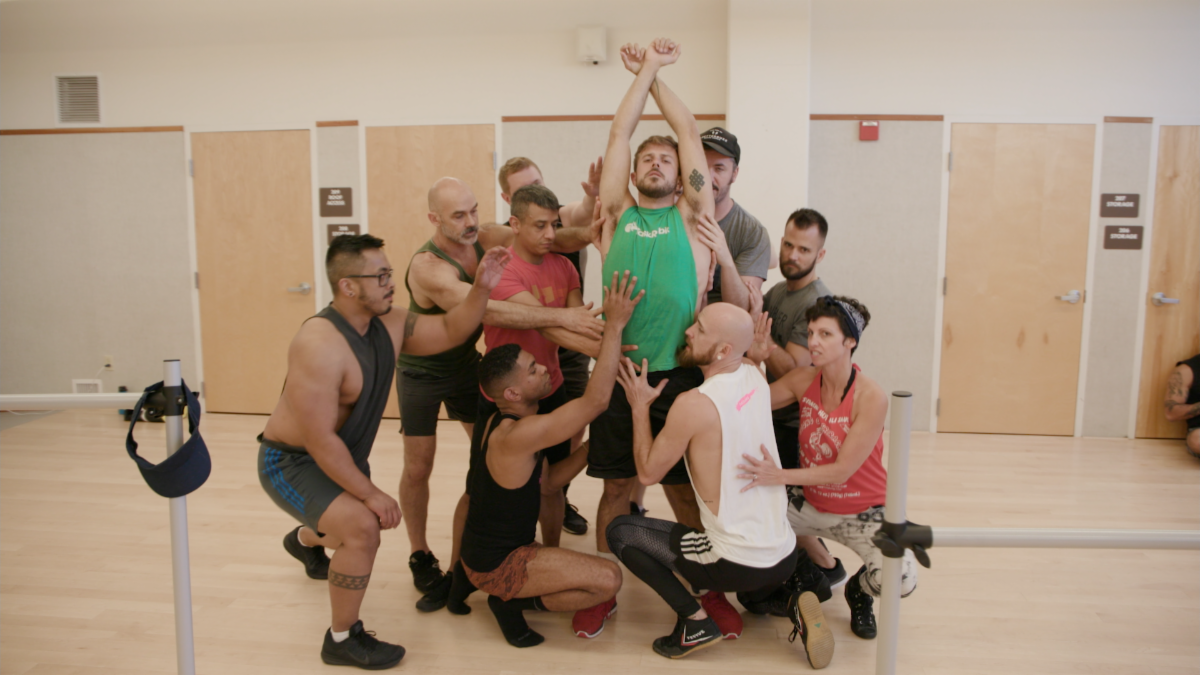
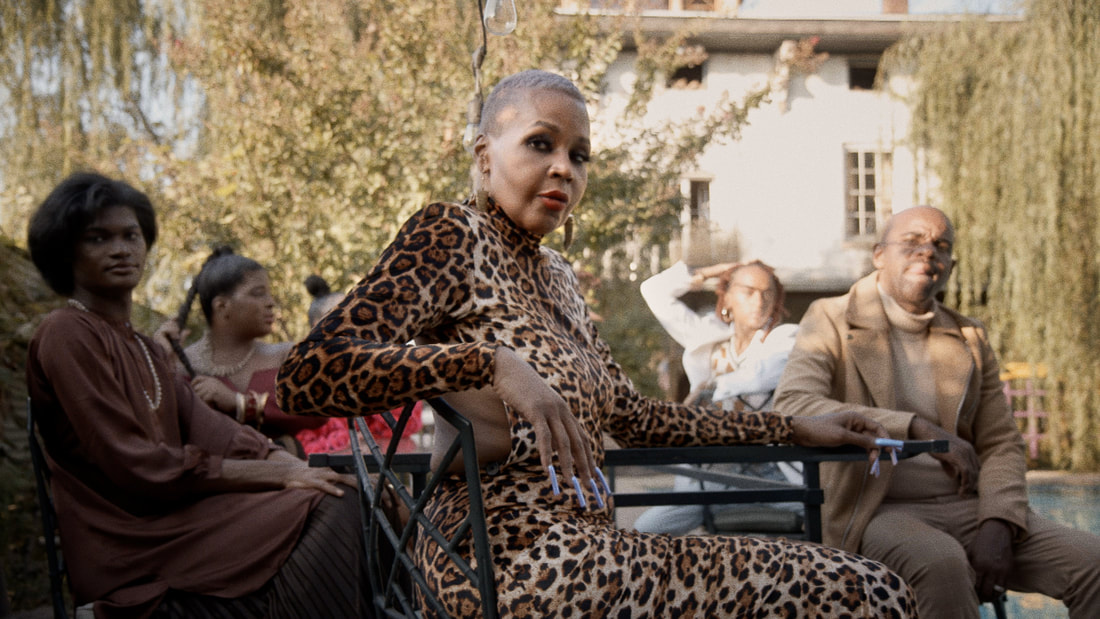
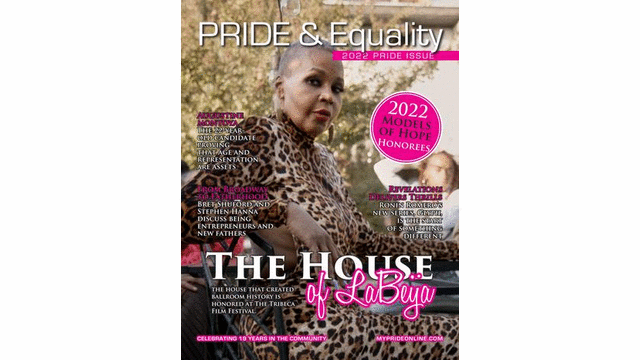
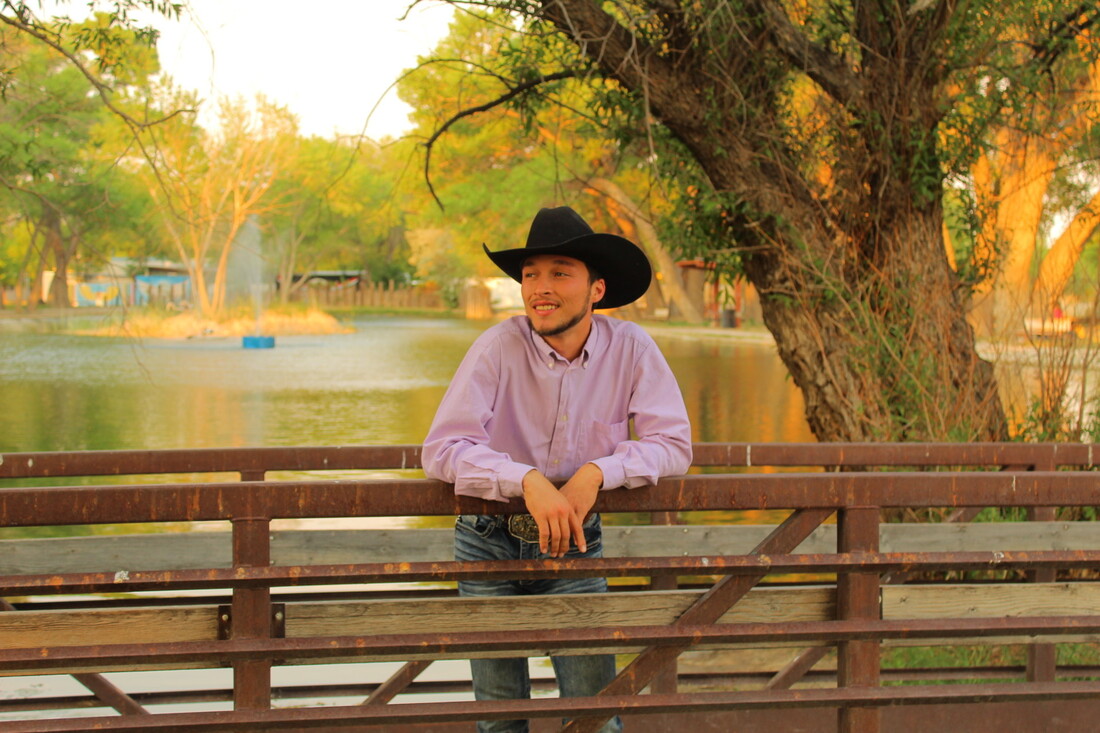
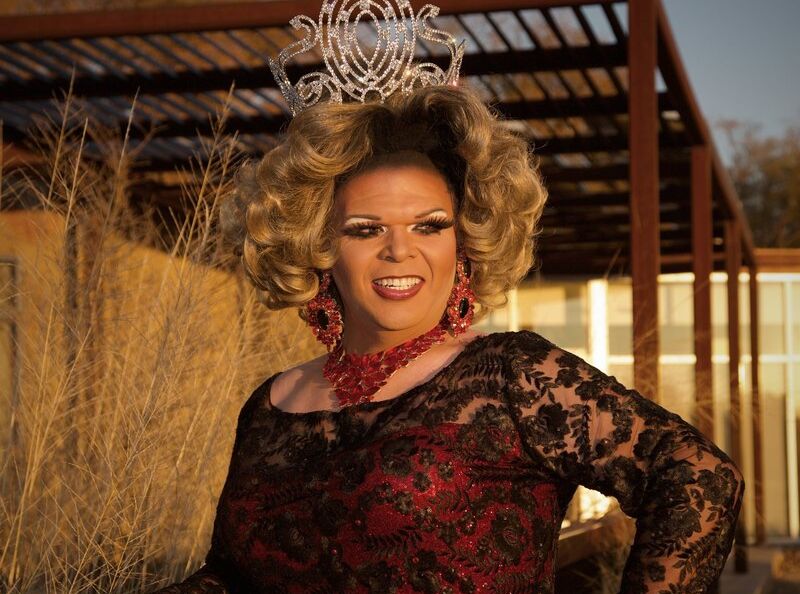
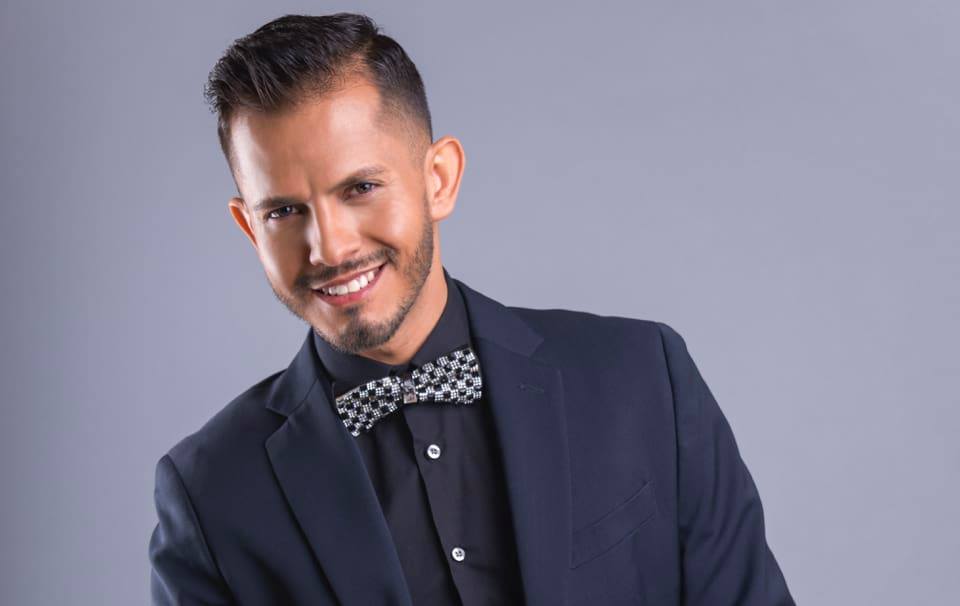
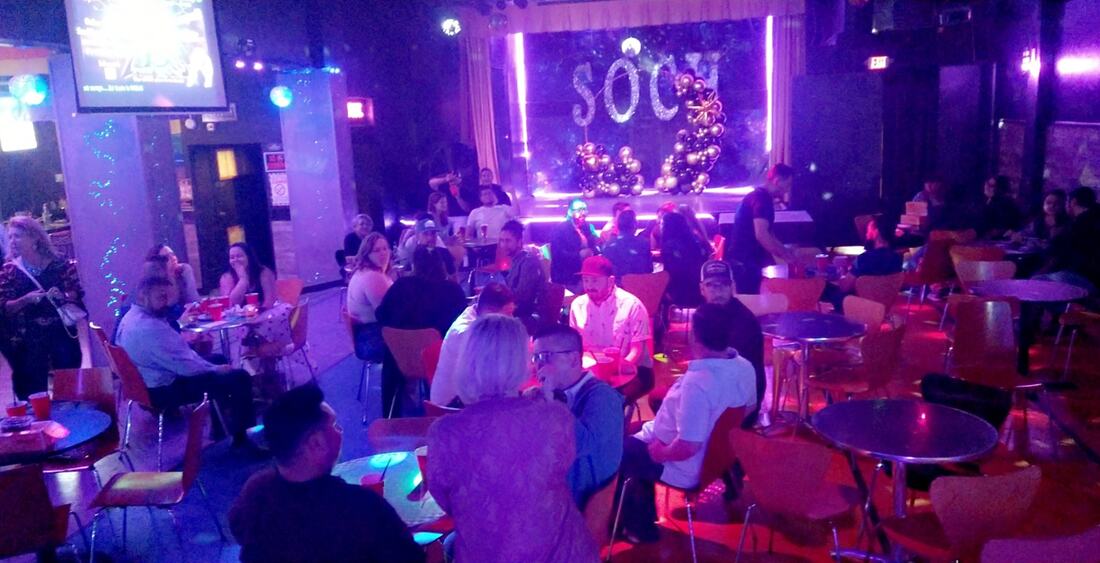
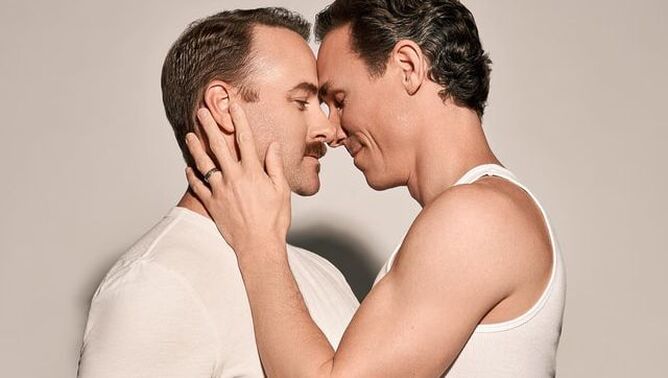
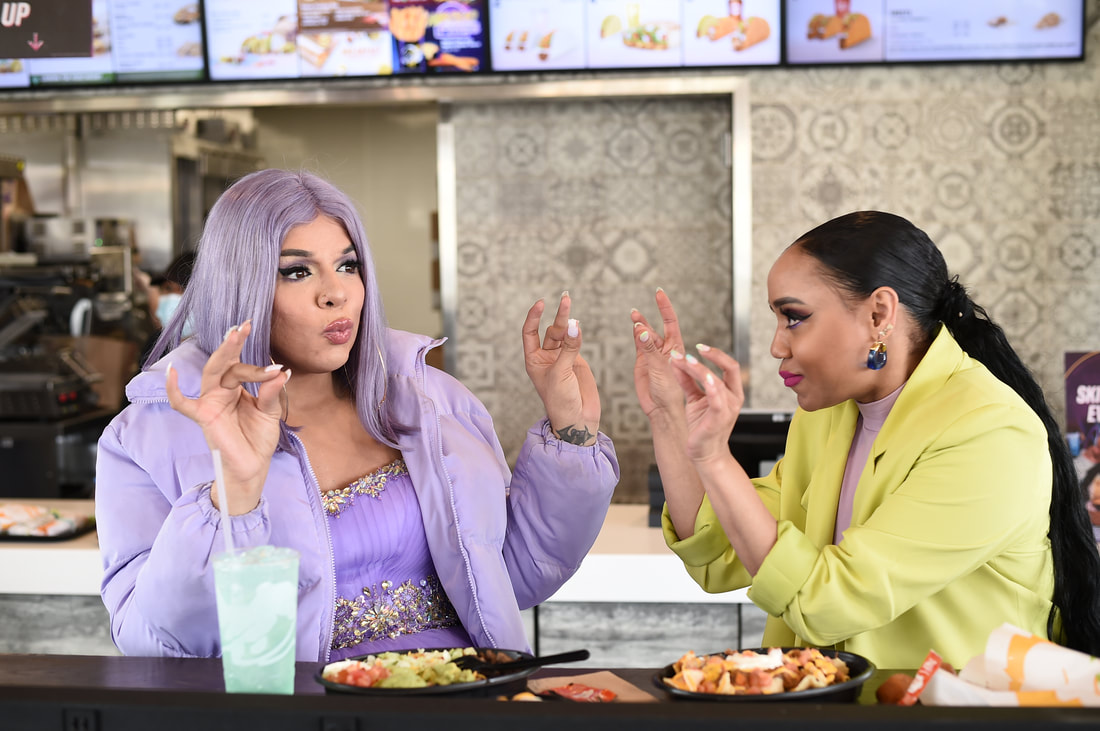
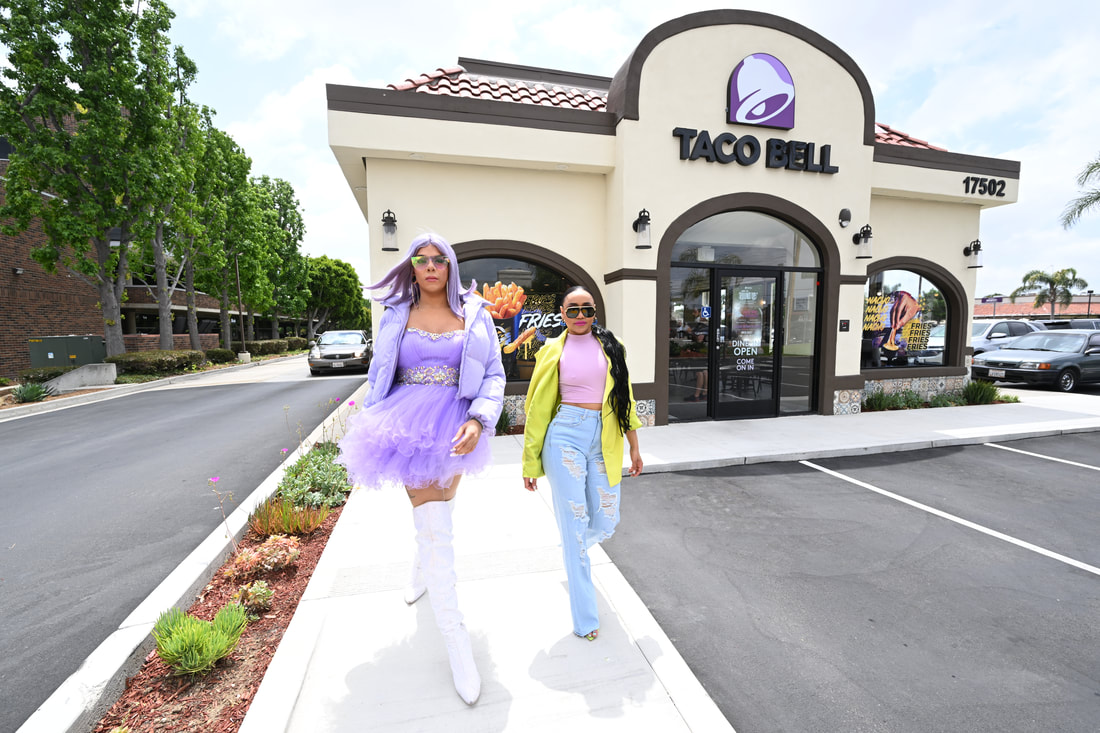
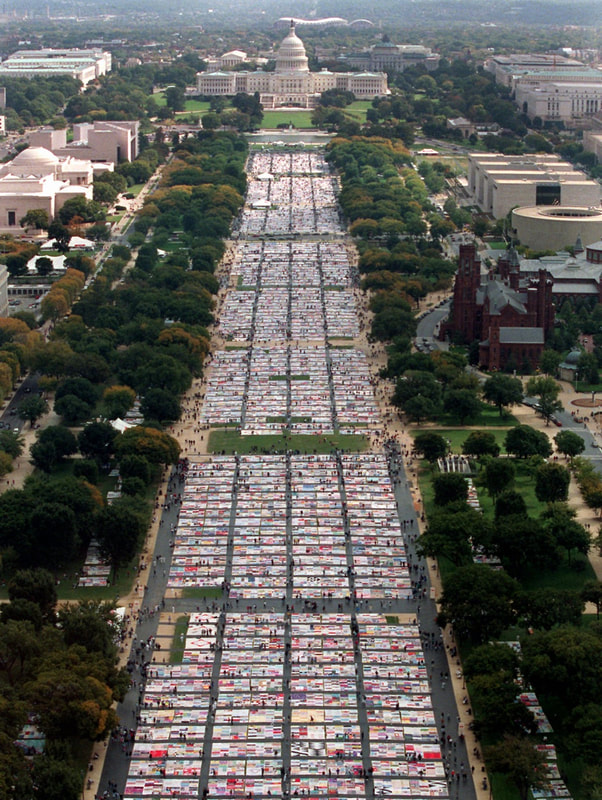
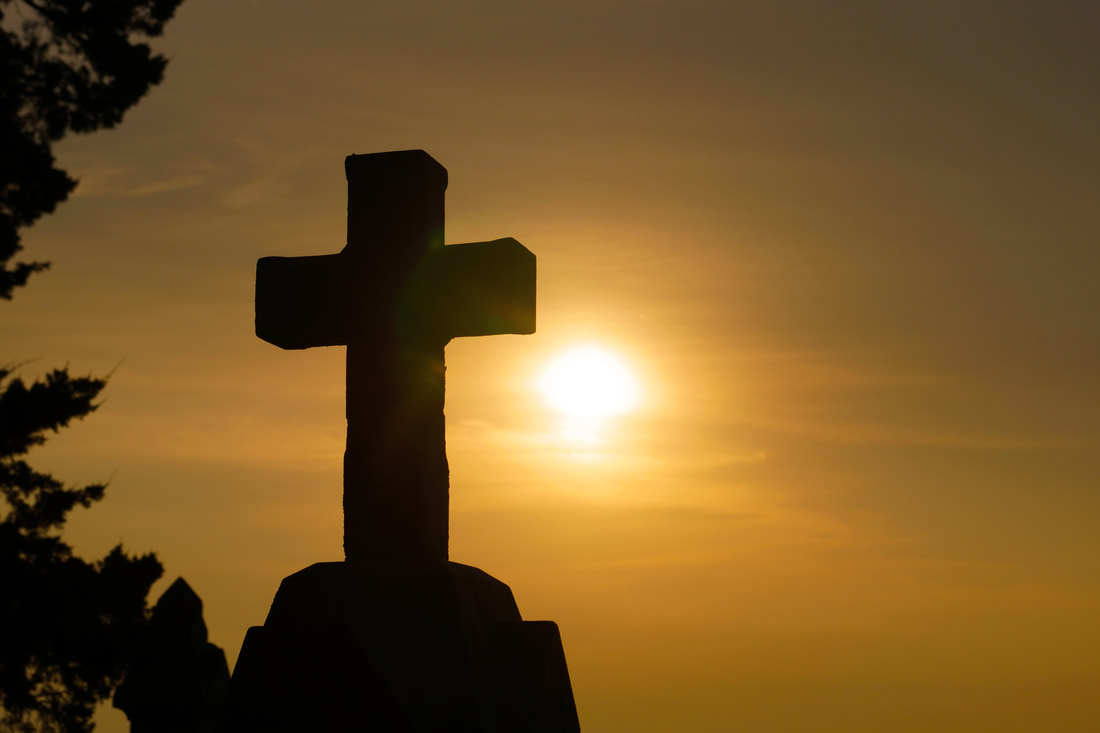
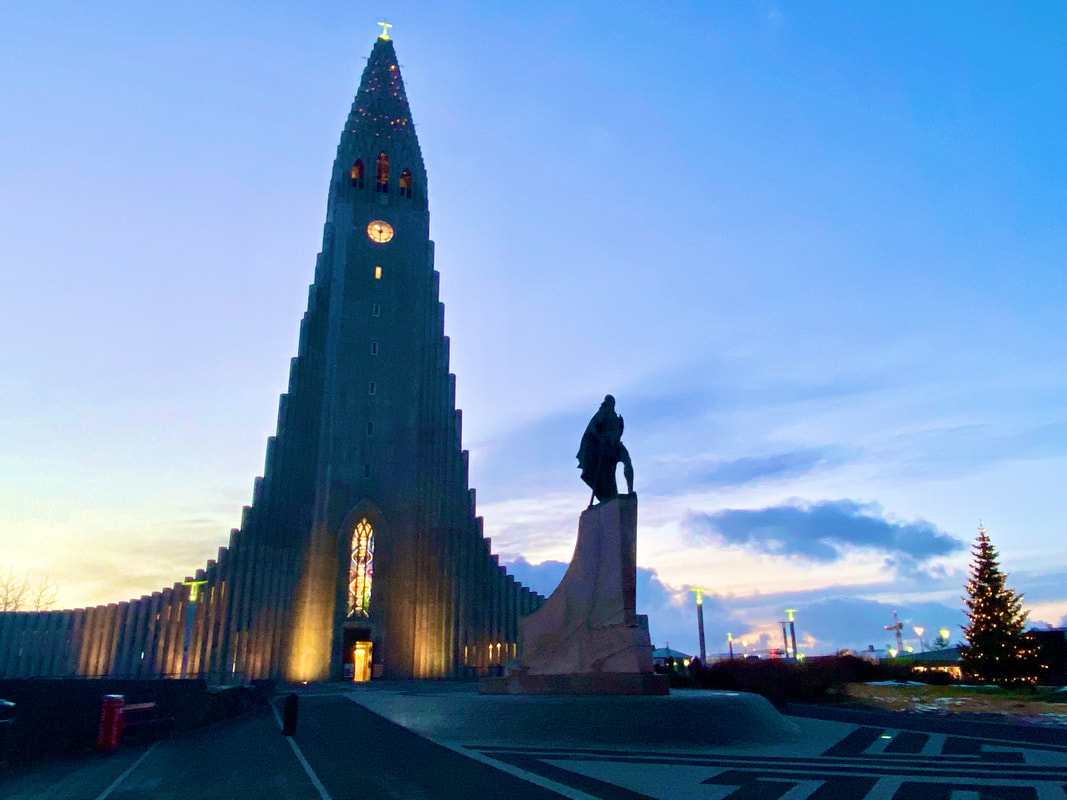
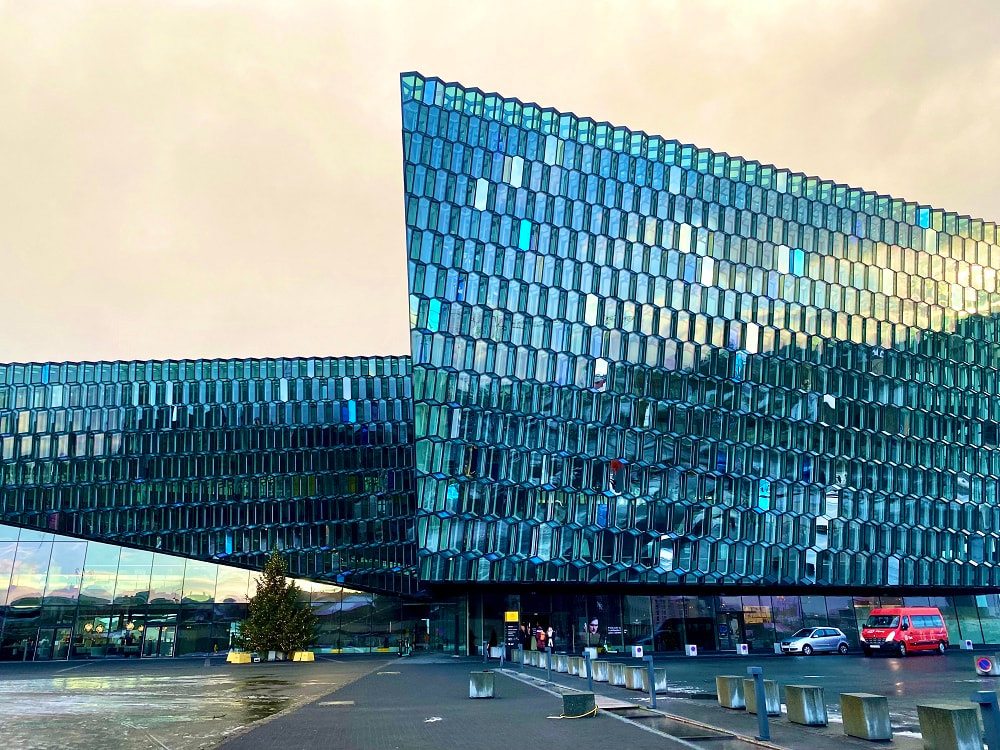
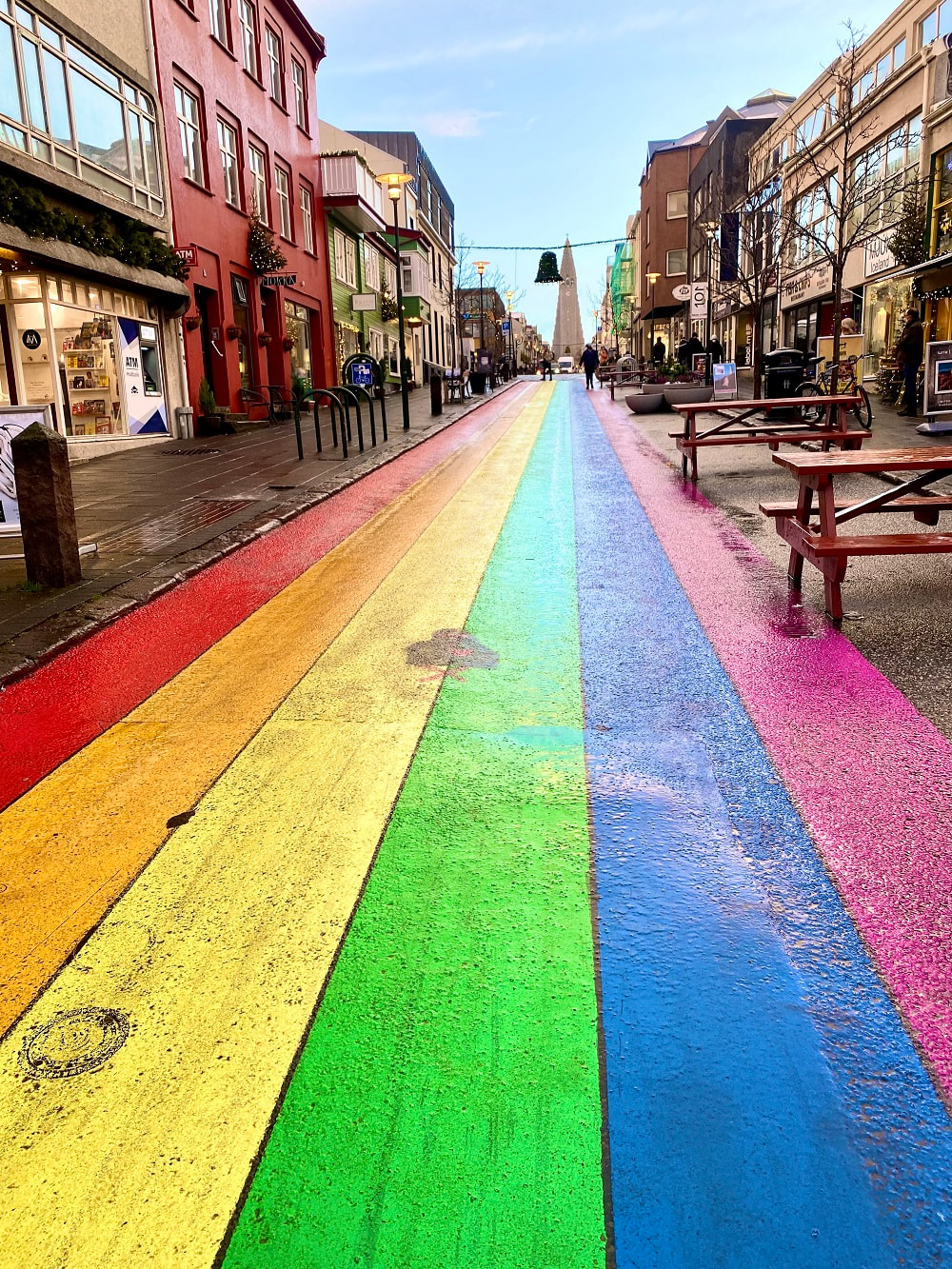
 RSS Feed
RSS Feed
